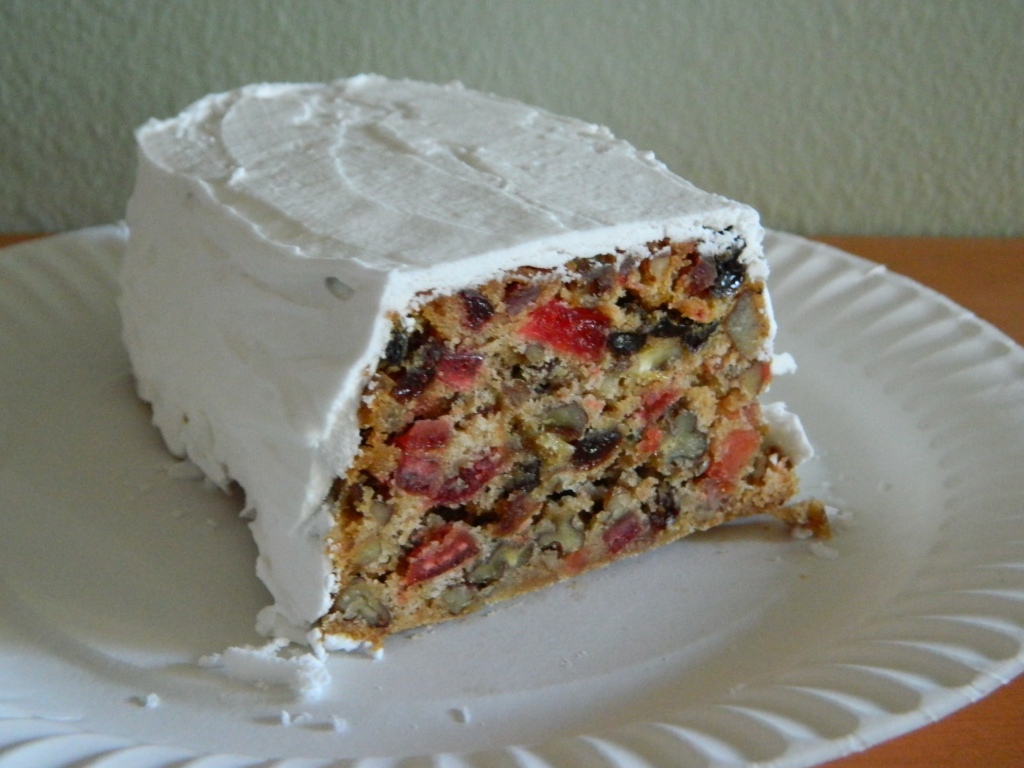While the Food Fair series officially wrapped up last week, there is still much more that could be explored and mentioned. In my countless hours of researching everything related to food at the ’62 World’s Fair, there were some items that, although technically relevant, did not really fit into the series’ formula. I would like to share some of them with you now.
First off is an incredibly interesting magazine I acquired for many times the original sales price of fifty cents. The May 19, 1962 edition of “Amusement Business” featured a two-page spread on the food served at the fair. This was a niche magazine for those in the entertainment business (we’re talking carnival owners and hot dog peddlers, here.) In amongst features of the latest rides installed at America’s amusement parks and a feature on vending machines at Miami Sequarium are ads for things like plush poodles, beer can hats, and tilt-a-whirls. This issue’s opinion piece asks, “Should Acts Use Safety Nets,” and help wanted ads abound for the likes of “arcade mechanic” and merry-go-round operators (“must be sober.”)
Included within this fascinating read are multiple mentions of the fair, but its crowning jewel is a three-page spread on the food one could purchase there. I was excited to see photos of Stewart’s In-Fra-Red Toasted Sandwiches, Hazel’s Candies, and Little Luigi’s Spaghetti, alongside many other vendors that were mentioned in official fair publications but not featured during the series. You can view the entire feature below.



When I was planning out this series, I kept thinking it would be so much easier if there was a Seattle World’s Fair cookbook. The 1904 St. Louis World’s Fair had a cookbook, as did the famous 1939 World’s Fair in New York. There was even a World’s Fair cookbook published in 1893! With the smorgasbord of unique foods available at the ’62 fair, how could it be that there was never a cookbook? Resigned to this reality, I discovered about midway through the series that there was indeed a Seattle World’s Fair cookbook–
It’s just exceedingly rare!
It’s so rare, in fact, that I can only prove its existence with the information available online through the University of Michigan, which supposedly has one. I am only a little bit desperate to see it, and should I ever succeed, you can bet there will be a post!
This cookbook (or rather, cookbooklet) is 19 pages long and was published in 1962. The title is “Seattle Worlds’ Fair Cook Book: International Recipes of the World’s Fair,” and it was prepared by Chef Gino, who I can find absolutely no information about. Supposedly the U of M digitized it, and you can bet I’ve been researching how to view the digitized version.
If you know anything about Chef Gino, this elusive book, or if you happen to have a copy, please reach out! It is such a curiosity, and I would love to know more.
Enjoy the article above, and please, if you have any World’s Fair food memories, share them in the comments!
















